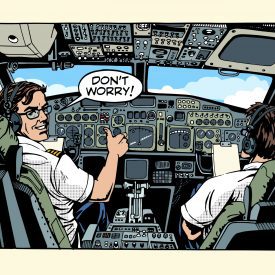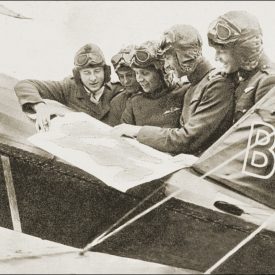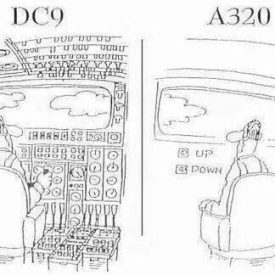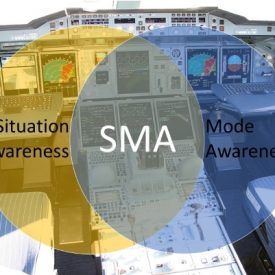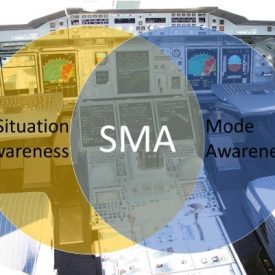Positive Flightpath Control
This is the Tenth in a series of posts that will provide an improvement strategy that covers the entire family of 9 Automation Airmanship® principles. Following this post, there will be one more to close out this series which began just over one year ago, in January 2017. If you have not been able to …




